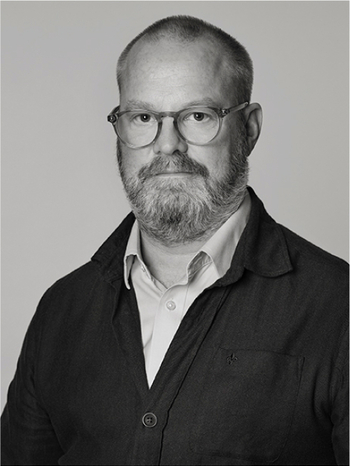Leander Engström
"Konstnärens hustru" (The artists wife)
Signed Leander Engström and dated 1913. Canvas 61 x 43 cm.
Provenance
Originally in Stig Åkermark's collection, Stockholm.
Exhibitions
Nationalmuseum, "Den unga expressionismen : Svenskt måleri 1909-1920", 1 November - 10 December 1944.
Liljevalchs Konsthall, Stockholm, "Liljevalchs jubilerar. Svensk konstkavalkad", 21 September - 21 October 1956, cat no. 94.
Liljevalchs Konsthall, Stockholm, "Jubileumsutställningen - 1909 års män", March - April 1959, cat no. 42.
Liljevalchs Konsthall, Stockholm, "Den stora färgskrällen", 4 October 2008 - 6 January 2009, cat no. 222.
Literature
"Konst i svenska hem", band 9, avbildad och upptagen sid 500 under samling 869: "Arkitekt Stig Åkerman, Orvars Odds väg 11, Stockholm".
More information
Klädd i en skir klänning sitter konstnärens hustru Maria i en röd stol och mot en bakgrund, som bär spår av lärotiden hos Matisse. Färgerna i kläningen skiftar från svagt grönt till violett, färger som har fångats upp av bakgrunden. I handen håller hon en röd blomma och dekorativa röda blommor sitter fästa i hennes decoltage. De är nygifta sedan två år och Maria skulle bli hans viktigaste modell. Hon fick "stå modell, sitta modell och ligga modell och han ville ha henne med på varje duk som han målade." Sin första riktigt självständiga målning - Höstvegetionsbild från Torneträsk - skapade han 1910 när han lärt känna henne.
Designer
Per leander Engström was a Swedish visual artist born in Ytterhogdal. He studied under the tutorship of Henri Matisse in Paris and the artists association school in Stockholm. Engström was part of the artistic group De Unga together with none other than Isaac Grünewald and Tor Bjurström. Engström was greatly inspired by Paul Gauguin, Vincent van Gogh and Paul Cézanne. Leander Engström followed in Osslund's footsteps and was captivated by Lapland's overwhelming natural scenery, which he depicted using the forms and colors of Fauvism. His paintings from 1912-15 - landscapes, still lifes, nude scenes - are harmonious and emotional, built upon Cézannes principles of discrete, weak colours. The years between 1916 and 1919 kan be understood as his most expressionistic period. Sweeping lines, large stylised planes and bright strong colours dominated his characteristic style. Engström found himself in Italy between 1920 and 1922 where he studied the early Rennaissance; it was during this time that he neared new objectivity. Leander Engström was one of Matisse's most impressive pupils.
Read more



























